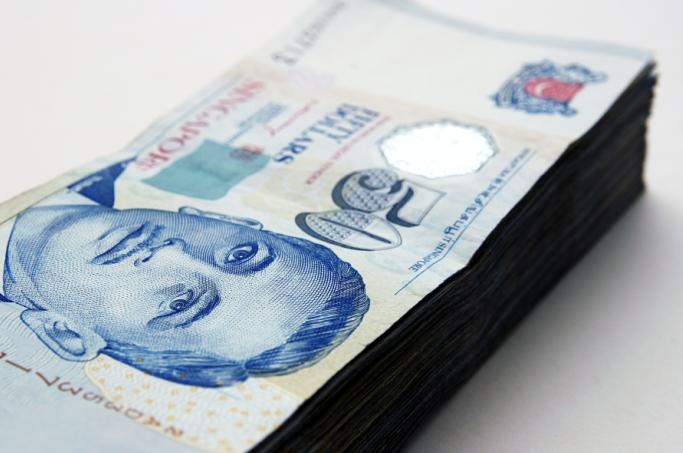
Currency Briefing - what you need to know for Tues April 3, 2012
The local currency strengthened further against the US dollar amidst positive news from China.
IG Markets Singapore said:
The Singapore dollar has strengthened further against the greenback trading at $1.2523 as Asian currencies continued to gain traction from China’s manufacturing data released on Sunday.
The upbeat factory output from China took traders by surprise as it was expected to show further contraction and support claims that China is heading for a hard landing. But these fears have eased somewhat, even though the “official” figures published contradict with HSBC’s rival survey. But China bulls are happy to run with the official survey as the outlook for China’s economy improves.
Asia was dealt a blow however from Japanese business sentiment figures which fell short of market expectations. This limited the gains made by Asian currencies.
But it could take some time before traders feel more confident taking longer Asian currencies bets as China has been the source of so much negative news lately, which have had repercussions on the region.
The SGD/USD range is likely to remain tight within $1.2460 to S$1.2590 in the short term.
RBS meanwhile noted (for 2 April 2012 trading):
Stronger than expected manufacturing PMIs in the US and China set the tone for the US day. The commodity dollars were among the strongest performers of the session against the USD as the solid PMI data likely buoyed commodity performance, particularly in metals and energy products.
The USD held unchanged against the EUR on the day, as soft Euro-area PMI manufacturing prints likely weighted on the single currency. Looking ahead, the Chinese non-manufacturing PMI and RBA decision should be the main focus for currency markets during the Asia session.
Economists expect the RBA to keep its policy rate unchanged but market participants still expect more easing, which should make for an interesting post-decision reaction for the AUD. The AUD has weakened over the past month versus its G10 peers and the decline in Australian swap rates was likely a significant driver (the 2-year swap rate has slipped 35bp since the close on 19 March).
Despite the consensus no change forecast, it seems market participants are bracing for some more easing. That said, an unchanged policy rate could lend AUD some near-term support.
























 Advertise
Advertise






